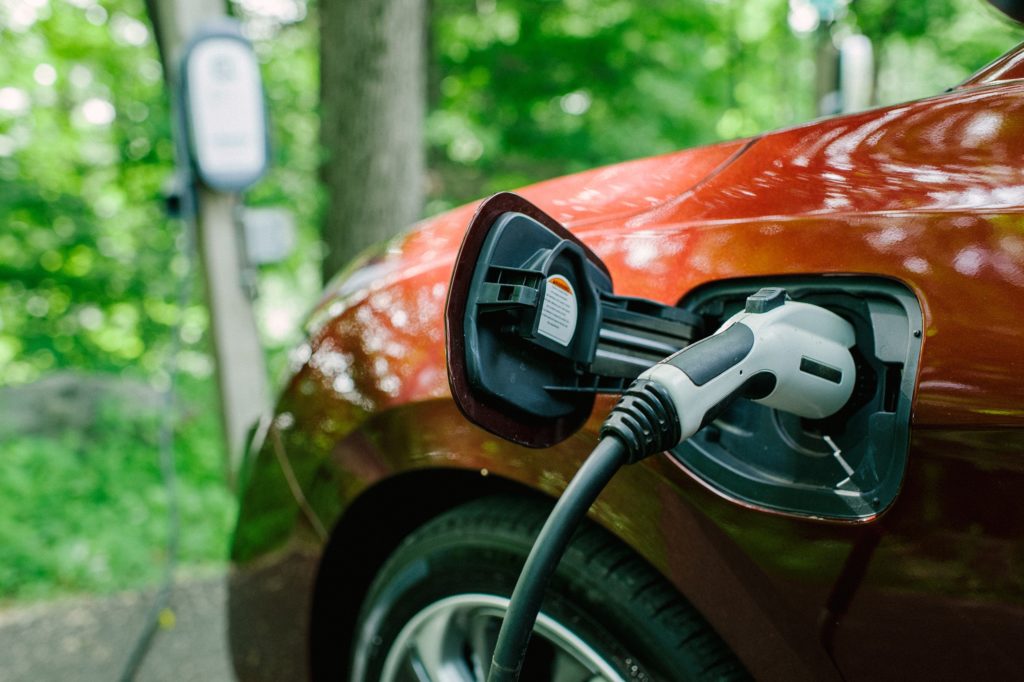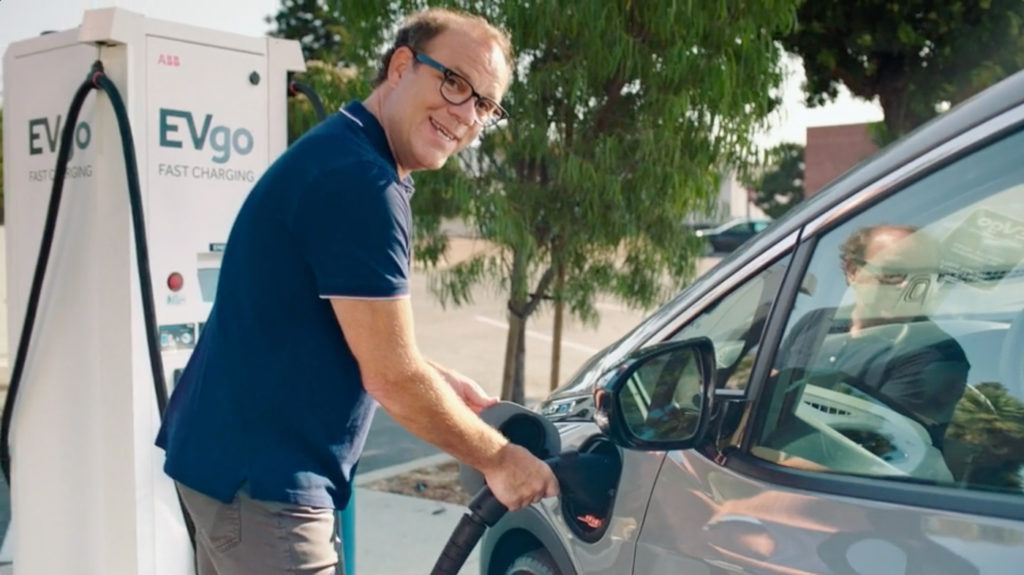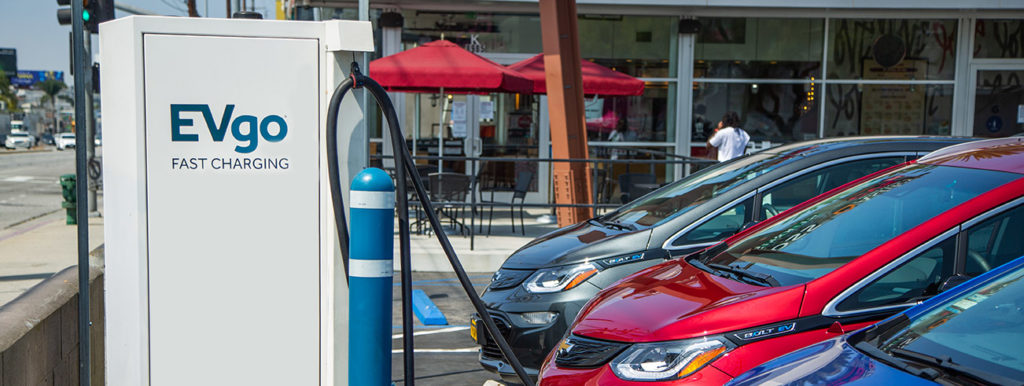
Your EV questions answered
Share
Electric vehicle (EV) drivers know firsthand the joys of driving and owning a battery-powered car. But for those considering making the switch to an EV or are curious about their options, we’re here to help.
We’ve got you covered with answers to some of your most frequently asked questions surrounding EVs, from model types to cost and range. Plus, with so many new electric cars in production and states unveiling more and more public charging stations and plug-in-ready parking spots each day, there’s never been a better time to own an EV.
Q: What types of electric cars are there?
A: There are two main types of EVs that are available in the Northeast — battery electric vehicles (BEVs) and plug-in hybrid electric vehicles (PHEVs).
BEVs are battery electric vehicles that are 100% powered by one or multiple electric motors. There is no gasoline required and owners can “fuel up” overnight by plugging in at home, during the day at work or at a charging station.
PHEVs, on the other hand, are powered by a combination of an electric motor and a gasoline engine. Like a battery electric vehicle, the vehicle can be plugged in to charge and will run on the battery for some or all of your drive – from 15 to 50 miles. However, once the battery charge is depleted, the gasoline kicks in and the vehicle runs like a fuel-efficient, gas-powered hybrid car.

Q: How much does it cost to own and drive an EV?
A: It’s a common misconception that all EVs are expensive – especially when you factor in tax credits and rebates that reduce their price tag (local, state, and up to $7,500 for federal) as well as the reduced vehicle maintenance and insurance costs. And the cost of owning a car doesn’t just stop the day you purchase it; on average, the cost of using electricity to power your car is less than the cost of filling up with gasoline. The US Department of Energy has a free and convenient tool you can use to compare the cost of fueling an EV versus a gasoline vehicle in your state at https://www.energy.gov/maps/egallon.
There are also some very attractive leasing options for electric cars. You can learn more about available EVs here.

Q: How does the driving experience of an EV compare to a traditional gas-powered car?
A: You should take one out for a test-drive! With full torque kicking in from a standstill, EVs have a peppier ride than you might think.
You can also check out a full list of EVs debuting in 2021, and beyond, to find the right driving experience for you.

Q: How do you charge an EV?
A: There are lots of charging options available today to conveniently help you recharge your battery, wherever you may be.
At-home charging ensures you wake up every morning with a full charge to start your day; interstate fast charging can be found on every major highway across the Northeast and plenty of public charging stations can be found throughout our favorite communities where we dine, shop and explore.
That said, you should think of charging your EV like you’d charge your phone overnight. You can plug it in at home when you’re sleeping (where 89% of charging takes place), and you’ll be good to go for the next day.

Q: Where can I find charging stations in my state and/or region?
A: There are publicly accessible electric charging stations in nearly every state in the country, and they are rapidly expanding across the Northeast. It’s easy to find charging stations near you or along your route using map apps, like Google Maps. There are also ample online resources that can help you discover where and what EV charging options are located near you.
Public charging stations work similarly to traditional gas stations. Just as you pay to refuel at a gas station, you can pay to charge your car at a public charging station. Most charging stations accept payment through an app or a card. Fast-charging stations are also increasingly being placed along major interstates and highways across the country; you can use these to quickly recharge in 30 minutes or less.

Q: How far can I go in an EV? Can I drive an EV on a long-distance road trip?
A: Depending on the type of EV you have, you can expect to go between 100 and 300+ miles in an electric car, and newer EVs now get at least 200 miles per charge. If you are like most drivers and travel less than 40 miles a day, you’ll have ample range to get where you need to go. If you do drive long distances regularly, you can consider purchasing a PHEV.
Road trips are also totally possible in an EV, with just a little bit of planning before you leave. Using the fast charger network mentioned above, you can plan meal and bathroom breaks to coincide with your charging and get back on the road with ease and minimum disruption.




